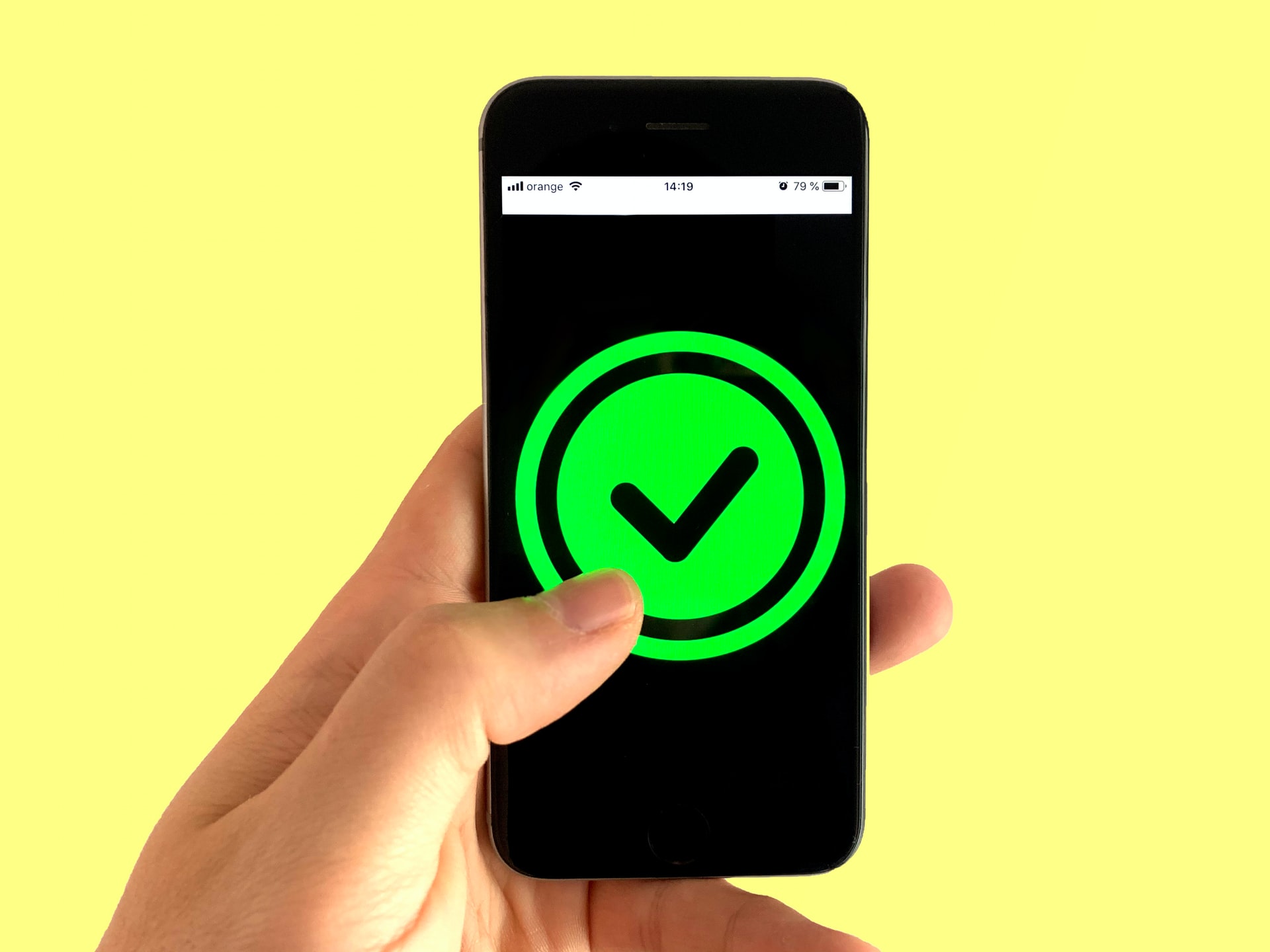As more people turn to the web for shopping, cybercriminal activity has spiked. Research from the Better Business Bureau (BBB) found that in a survey over 80 percent of consumers reported losing money to online purchase scams last year. According to the FBI, these numbers will only continue to rise unless consumers are more cautious about their online shopping behavior.
Consumers may be privy to the importance of protecting themselves when they shop major retailers like Amazon and Wayfair, but scammers don’t just target bigger companies. While many people have turned to platforms like Etsy to show their support for a growing number of small business owners, so have scam artists looking to make a quick buck.
Don’t let this scare you away from supporting Etsy sellers. Instead, follow these tips so you can enjoy a safer shopping experience from start to finish.
Research sellers beforehand
Buyers don’t hold back when it comes to their Etsy purchases. If they had a positive experience, they would leave a glowing review about what makes a particular shop stand out above the competition. On the other hand, if they had a negative experience, many buyers will not hesitate to express their dissatisfaction. Suppose you notice a seller has a significant amount of negative reviews with buyers all complaining about the same experience. In that case, it’s better to try to find a similar product at another shop.
What if you want to know more about a business beyond just their reviews, but you don’t have the time to click through their online search results? Platforms like MyLife have your back. MyLife features Reputation Profiles and Reputation Scores on over 275 million adult Americans. To learn who owns an Esty store, all you have to do is click on the “Meet the Owner” link, usually towards the bottom right of the page. It often reveals the store owner’s name and city and information that will help you find that person’s MyLife Reputation Profile. And that could disclose critical information, including any previous court records or arrest histories that might help you decide about a person’s trustworthiness.
Only communicate through Etsy
You should interact with a seller as it relates to your order through Etsy’s established messaging system. While this doesn’t eliminate the potential for being scammed, it’s a smart first step and provides you with documentation of your conversation if that were to happen. The second you move your conversation off of Etsy’s website, you’ve now made it increasingly difficult to report and overturn a scam.
Also, Etsy will only contact you using their website notifications or through an @etsy.com or @mail.etsy.com email address. If someone is trying to reach out to you through any other means, it’s likely a cybercriminal trying to win over your trust so they can take advantage of you.
Pay through Etsy and Etsy only
Just like you should only communicate through Etsy, you should never make a payment outside of the site either. Not only does it go against their policy (and for good reason), but it makes it more difficult for you to get your money back. Similarly, if a buyer asks you to pay in increments for one product, run. It’s likely the making of a scam.
But most importantly — trust your gut. If something seems too good to be true, it probably is.
Consumers love online shopping because of its convenience and affordability. It’s possible to shop through retailers like Etsy safely, but be sure you’re doing everything you can to protect yourself from potential scams.






